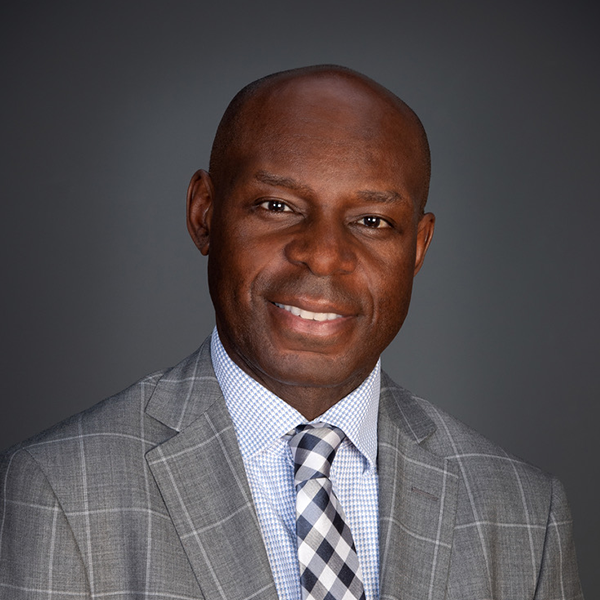
Dr Oseka Onuma, Specialist Gynaecologist & Pelvic Reconstructive Surgeon
Dr Onuma believes that the common expression, “It’s all part of being a woman,” is simply paying lip service and another way of saying, “So just put up with it.” But why should women “just put up with it” when they have options?
Dr Onuma introduced a modern, female focussed approach to labial, vaginal and sexual function surgery to Australia in 2005. Over 30 years of experience, outstanding results and internationally recognised expertise in female pelvic floor surgery and cosmetic gynaecology have led to women travelling from the USA, UK, China, Hong Kong, Macau, New Zealand, Saudi Arabia, India, as well as every Australian state and territory to have their surgery and treatments performed by Dr Oseka Onuma, in Adelaide, Australia. It is important to note that individual outcomes vary and may be affected by numerous factors. It is always important to have a detailed discussion with your surgeon about your own particular circumstances and the potential outcomes and risks associated with any surgical procedure.
Dr Onuma is the author of ‘So, You Want A Labiaplasty‘ and ‘The Ultimate V‘. These books are unique and aimed at women considering their options for labial, vaginal and pelvic floor improvement.
“I am dedicated to empowering women through knowledge, choice and world class care.”

Dr Oseka Onuma
Feeling heard and understood will be your first and ongoing experience with Dr Onuma.
Resources
Public resources for all to benefit from.
Extra resources available by request.
Books
‘So, You Want A Labiaplasty’ and ‘The Ultimate V’
The information contained in my books will empower you when discussing your own unique circumstances with your surgeon.
Contact Us
To make an appointment or request any additional information that will support you in finding out more about treatments and procedures that could improve your quality of life. Help is just a click away.
Contact Us
